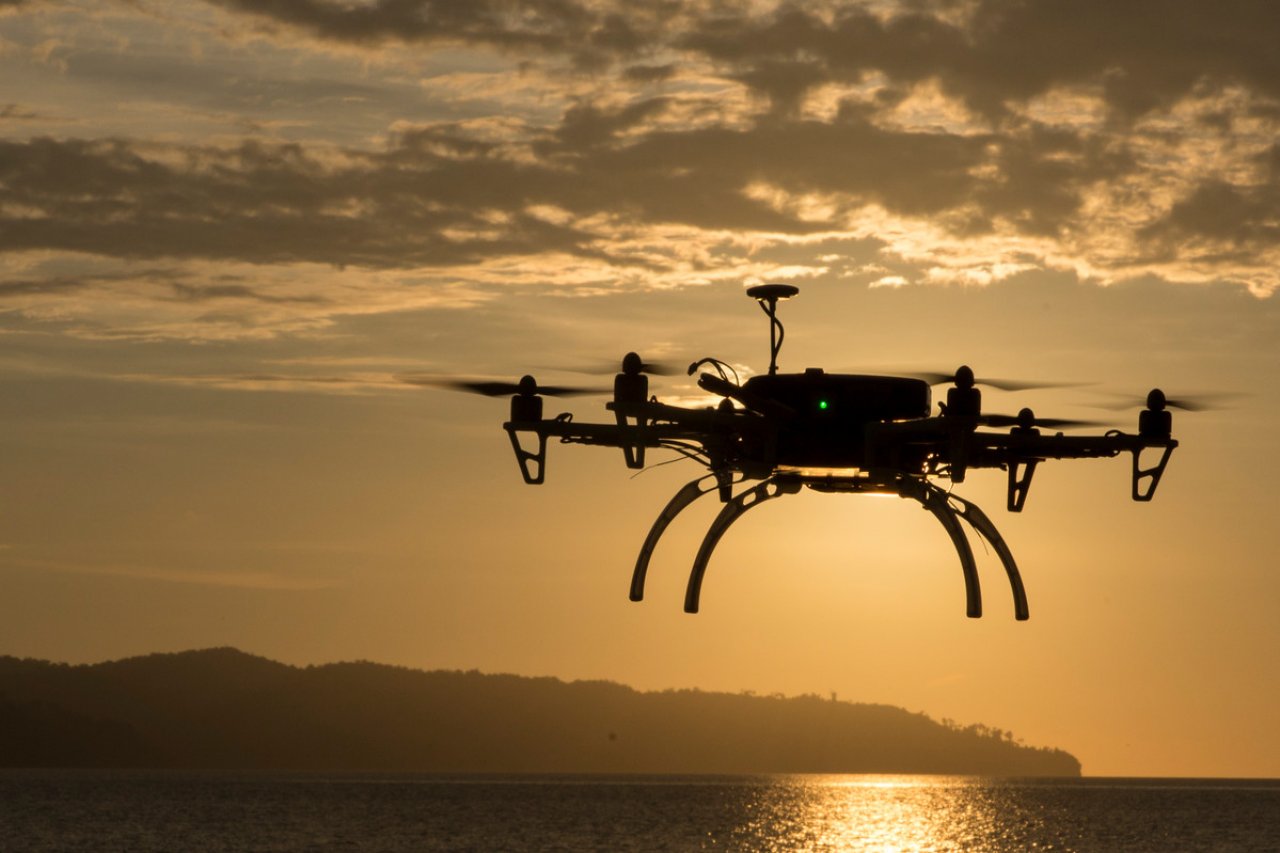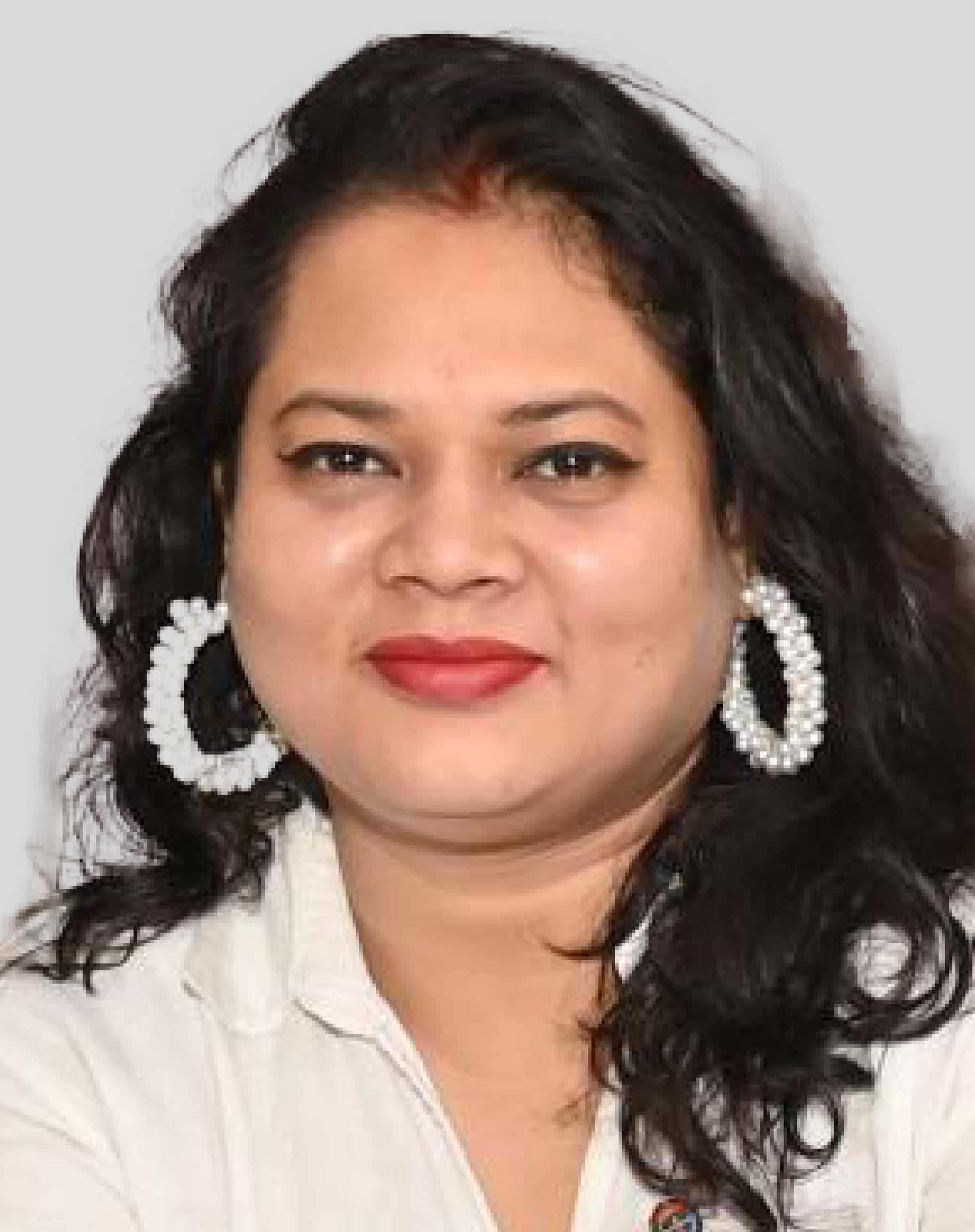Keeping in view the advantage of using drones in various services, the government of India has allowed the private players to freely use drones for delivery purposes subject to compliance with Drone Rules 2021, informed Minister of State for Civil Aviation General VK Singh (Retd.) in Rajya Sabha on Monday.
The government has been utilizing drones for vaccine delivery, inspection of oil pipelines and power transmission lines, anti-locust operations, agricultural spraying, survey of mines, and land mapping from the past couple of years.
Singh said, “Drones offer tremendous benefits to almost all sectors of the economy. These include – agriculture, vaccine delivery, surveillance, search and rescue, transportation, mapping, defense and law enforcement to name a few.”
“The Government is utilizing services of drone service providers for various purposes and even under SVAMITVA scheme for issuance of digital property cards, etc. Many of these have been in remote areas of the country. Private players are free to use drones for delivery purposes subject to compliance with Drone Rules, 2021,” he added.
ALSO READ: Indian Post Join Hands With TechEagle for Drone Mail Delivery in Gujarat
What the private players think?
Drone-based delivery has been in discussion for the last 3-4 years, but the product-market fit in a low-cost market like India will be a challenge. “We don’t have urban settlements that are as widely spaced or rural areas that are well organized, as there are in developed countries,” says Vipul Singh, Co-founder, and CEO, of Aarav Unmanned Systems (AUS).
“The current regulations allow only line of sight operations for drones. Drone delivery applications will also need BVLOS (Beyond Visual Line of Sight) capabilities. There are experiments and testing being done in partnership with the government, and based on the findings and achievements, we will need a detailed set of regulations, certification requirements, and pilot training requirements, etc. to be drafted,” he adds.
Being a part of the drone delivery trials of the Medicine From The Sky Project, DroneAcharya’s recent partnership with delivery drone specialists TSAW Drones uplifts the industry towards delivering and building robust solutions for BVLOS drone delivery operations.
“DroneAcharya will always welcome, and leverage such permissive developments towards making India the Drone Hub of the World by 2030. We are grateful that the current regime has taken considerable steps towards achieving that goal, and are looking forward to exciting times ahead in the world of delivery drones”, says Prateek Srivastava, Founder and Director of DroneAcharya Aerial Innovations.
Vipul Singh believes that drone based delivery will most likely start as hub-and-spoke logistics in India. It will be the emergency use-cases, like delivery of medicines, responding to disasters etc. that will emerge first. As well as areas where road access is not so easy that will adopt drone technologies faster.
TechEagle has already started using Drones for healthcare, ecommerce, hyperlocal and last mile logistics with Govt departments and private enterprises.
“With the introduction of new “Drone Rules 2021″, Drone Import Ban and ease of regulations, We have witnessed the immense growth of the industry and Made in India technology are getting the accelerated growth. We would be able to impact a billion lives through our On-Demand Drone Delivery network with Govt and private partners,” says Vikram Singh Meena, Founder & CEO- TechEagle. “We are looking forward to the Centre and State Govts support to build a world class infra and network of Drones for delivery purposes.”
ALSO READ: ICMR Releases Guidance Document for Drones in Healthcare
Key aspects
The key aspects of the regulatory framework under Drones Rules, 2021:
(i) Every drone, except for those meant for research, development and testing purposes, is required to be registered and should have a Unique Identification Number (UIN).
(ii) An airspace map of the country segregating the entire airspace into red, yellow and green zones is available on the digital sky platform. The operation of drones in red and yellow zones is subject to the approval of the Central Government and the concerned Air Traffic Control (ATC) authority respectively. No approval is required for the operation of drones in green zones.
(iii) The State Government, the Union Territory Administration and Law enforcement agencies have been empowered under the Rules to declare a temporary red zone for a specified period.
(iv) Drones are required to have the necessary type certification issued by the Directorate General of Civil Aviation (DGCA). No type certification is however required in the case of nano drones (up to 250 gram all-up weight) and model drones made for research and recreation purposes.
(v) The owner and operators of drones are required to furnish the necessary personal details including their Indian passport number etc. for issuance of any registration or license.
(vi) Rule 17 of the Drone Rules, 2021, lays down the provision of transfer of drone to another person by way of sale, lease, gift or any other mode, after providing requisite details of the transferor, transferee and unique identification number of the drone on the digital sky platform along with the applicable fees.
(vii) Authorization of Remote Pilot Training Organizations (RPTO) will be done by DGCA within specified time limits.
(viii) Drone operations that violate the provisions of the Drone Rules, 2021 are punishable under Rule 49 of the Drone Rules, 2021 as well as provisions of any other law, for the time being in force.
ALSO READ: Integrated geospatial technologies, drones crucial for Indian highways









